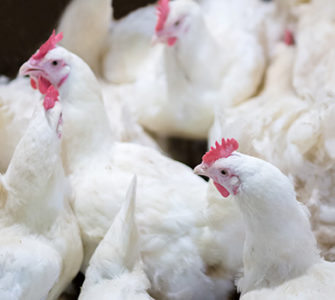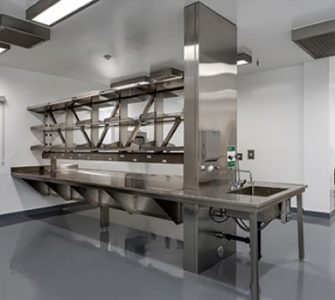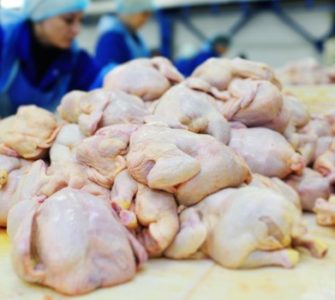Poultry producers facing higher hurdles with USDA food-safety standards
Poultry producers can expect to jump a bigger hurdle as USDA continues to raise the bar for food safety, Ashley Peterson, PhD, senior vice president of scientific and regulatory affairs, National Chicken Council, told Poultry Health Today.
One of the latest actions from USDA’s Food Safety and Inspection Service (FSIS) is use of an enrichment versus direct-plate method of testing for Campylobacter, she said. This change came about because the numbers of Campylobacter found plummeted after the agency started using neutralizing buffered peptone water (nBPW) to collect samples.
In other words, nBPW was interfering with Campylobacter recovery, Peterson explained. The enrichment method of testing, however, allows injured cells to recover, enabling them to be detected.
‘Substantial change’
“It’s definitely going to be a substantial change,” Peterson said. However, “the industry is very much focused on reducing the prevalence of all pathogens. And we do that through a multi-hurdle approach, all the way back from the farm through the processing plant…especially knowing that a more sensitive test method will be used and that they’re going to have a bigger hurdle to jump over.”
FSIS also plans to issue new performance standards for Campylobacter. Meanwhile, the agency is still testing for the pathogen and informing processors of the results, but it won’t hold plants accountable for the findings. Although it is posting aggregate results, it won’t post establishment-specific results until the new standards are issued.
Simplified sampling window
Another change from FSIS involves the 52-week moving window sampling period for foodborne pathogens. Each week, the 52-week testing period moved up 1 week, and results from the beginning of the previous window dropped off as the window shifted forward. Peterson said this sampling period actually involved 65 weeks of data.
“It really wasn’t a very good indicator of performance,” because what happened 65 weeks ago probably isn’t what’s happening today, she said. FSIS has now simplified the process and, in late 2018, started using one 52-week window.
A potential processing-plant practice that’s come to the attention of regulators is the use of peracetic acid (PAA) during poultry processing. PAA is a food-grade antimicrobial and sanitizer that helps kill microorganisms or inhibits their growth. Because it’s an organic compound — the product of vinegar and hydrogen peroxide —it can also be used with organic meats.
Regulators’ concerns with PAA are rooted in worker safety, not food safety, Peterson continued. Some people are more sensitive to PAA odors, and a standard for exposure has been proposed.
PAA “is the most widely used antimicrobial that we have right now. We’re obviously looking for new and innovative technologies to help lower Salmonella and Campylobacter. But yes, the government is paying very close attention to PAA use,” she said.
Line speeds draw attention
Another regulatory matter on the poultry industry’s radar is line speed at processing plants. Plants can apply for waivers from FSIS enabling them to raise the speed to 175 versus 140 birds per minute.
“There’s still bird-by-bird inspection, which is a regulatory requirement. That has not changed,” Peterson said. However, there is a series of criteria that establishments need to meet to obtain the waivers. According to Peterson, the focus has shifted more to food safety versus carcass defects such as a broken wing.
Posted on May 16, 2019

















